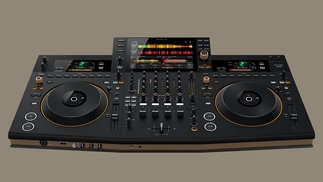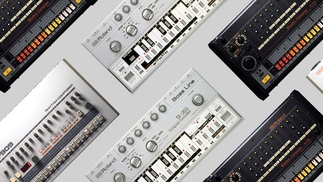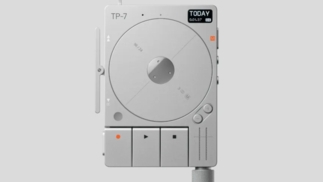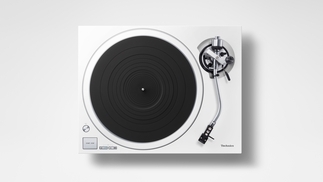Colleen Murphy on the philosophy of sound
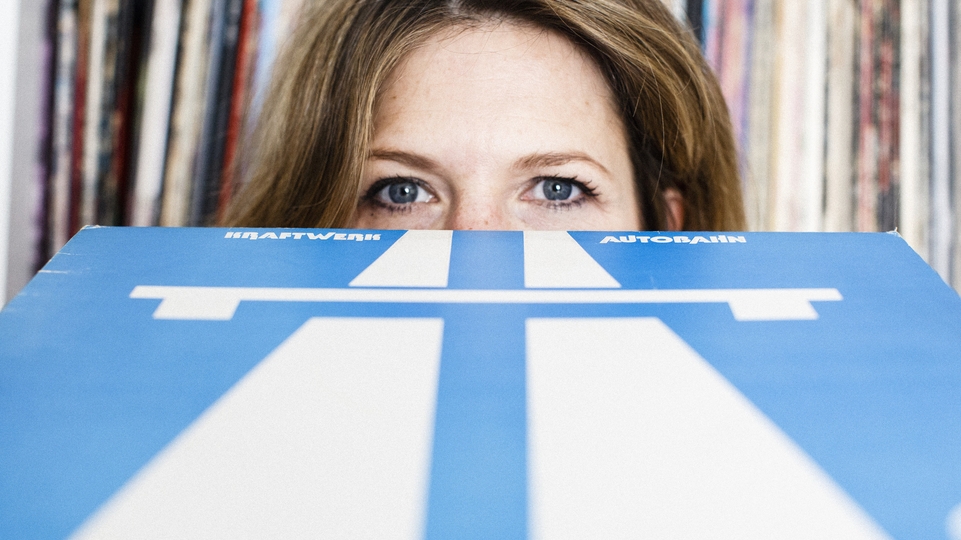
DJ Mag Tech catches up with Colleen ‘Cosmo’ Murphy at the Beat Hotel’s recent Ibiza takeover to discuss how she tries to offer an unrivalled listening experience as a music host
Colleen ‘Cosmo’ Murphy is a self-confessed audiophile. She prefers to be known as a music host rather than just a DJ, and has the technical know-how and attention to detail to deliver music at its sonic best, while her Lucky Cloud and Classic Album Sundays events give an unrivalled listening experience. All this was gained from her time playing at the Loft in New York and being taken under the wing of legendary host, David Mancuso. Mick Wilson caught up with Colleen at the Beat Hotel’s recent Ibiza takeover to discuss her love for all things audiophile and her mission to deliver “good sound as a human right”.
Tell us a bit about yourself?
“I have so many strings to my guitar. I basically have been a musical host, radio DJ and curator for most of my life. I started when I was really young at a high school radio station, worked in record shops and then did college radio in the ’80s and started professional DJing in the ’90s. I was mentored by my late friend David Mancuso. I started going to his Loft parties and he took me under his wing and taught me quite a lot. Now I am on Worldwide FM. I’ve been on there for five years since they started — I host a show called Balearic Breakfast every Tuesday morning and then my dance side is Cosmodelica. I also founded Classic Album Sundays, which is a platform for deep album listening on really high-end audiophile equipment so people can really hear the detail and hear their favourite albums in a different way. Maybe hear things that they haven’t heard before and experience it fully uninterrupted, phones off, no talking, getting to know the stories behind the albums that have changed our lives."
How did David Mancuso’s approach to sound help you within your own pursuit?
“My work with David started as me helping him as a friend. It wasn’t really professional. I started learning from him in terms of his utmost respect for the musician and the recording and trying to honestly get the artists original intention across sonically. His whole approach was about not interfering with the music’s intent, the message and the sound, replaying the original event and trying to get as close as possible to what the artist did in the studio. Trying to get the feeling on the dancefloor of being in the middle of those musicians, using a sound system that doesn’t have any extra added FX, using three-way horn speakers that don’t take away or add, but deliver a very honest reflection of the music to replicate the natural sound as truly and as honestly as possible.
“This is similar with the entire audio chain, starting with a really fine handmade moving coil cartridge made in Japan by Koestu. These cartridges, once they warm up, they sing. You can feel the music, they pick up subtleties and have a living spirit that other cartridges don’t have. A lot of DJ cartridges are really heavy, weighed down — getting technical here — tracking at three-to-four grams, so the stylus is sitting in the groove really hard getting a lot of that bass signal. This means the audio doesn’t sound exactly how the artist made the music. The Koestu moving coil cartridge has a lighter, more dynamic sound. David didn’t use valve [preamps] as they’re really hard for transient sounds, he used a solid-state Mark Levinson classic preamp known amongst audiophiles: the ML1. Two phono inputs, no headphone jack with no way to mix on it. You click from phono one to phono two so you have to play the whole song. You’re playing the entire song through a very pure signal path, there is no added EQ, nothing in the system at all, audio straight from the ML1 into a dividing network and spread out to the speakers. The whole thing is a simple, honest sound path, no interference just getting it from point A to the listener’s ears — point B — as unobtrusively as possible.”
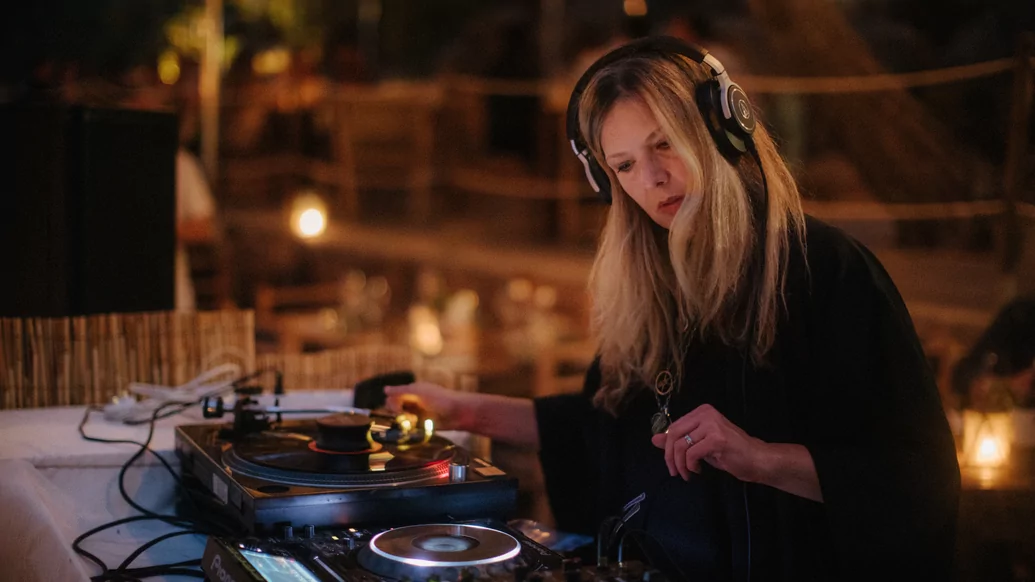
What’s your full setup?
“With the listening events, there are a variety of different turntables that we use. Always a really high-end audiophile turntable, it could be a Rega P9 for example. I’ve used a Continuum turntable that cost almost £100,000 — that was crazy! Always a moving coil cartridge, pretty much, just a two-channel system. I’ve used different valve equipment from Audio Note UK, which is incredible, especially for jazz and classical and I have used solid-state stuff as well. The speakers can vary. I’ve used the Bowers & Wilkins 800 series, the Kef Blades, all really high-end loudspeakers.
“When I am DJing at the Loft or Lucky Cloud, that’s a different kind of setup — more speaker stacks — but it’s not set up with the speakers facing out from the DJ, or music host, but with them facing inwards towards you so you’re in the same sound space as everyone listening. You face the music. Again, you would have the main left, right so everything is in stereo, a centre mono channel and at the side, you’d have as many columns as you need, maybe 15-feet apart. There would be a slight delay on those, as when you are moving away from the main left and right you want the sound to arrive at the same time. No EQ, no compression, a pretty straight signal path.
“When I DJ I have a very high technical spec and mainly it’s all about the isolation of the turntables. I bring my own high-end hi-fi cartridges made by Audio Technica which are beautiful, you can’t scratch with them but they have a closer sound to a coil cartridge. They sparkle and have a bit more shimmer. They have a more dynamic range and they sing a bit better. It’s important that the turntable is set up correctly and levelled out, and again, isolation is really important to sort out any possible vibration issues. I have a high spec of mixer as well. I love rotary mixers, they are my favourites, but I am very adaptable and as a working DJ I’ve used all kinds. Then I will listen to the room and at times take out bass just because, again, when you have a lot of bass energy in a room it can be a bit much. I make sure I can do as much as I can without bringing my entire sound system, making the sonic expression the best it can be and what’s best for the dancers for the kind of music I am playing.
“Can I just finish off with something my dear friend David said? ‘Good sound is a human right’. We’re subjected to a lot of sonic pollution; great sound can help convey the life energy of music instead of sucking out all of the energy like a bad system can. It is about the people and their listening experience and that ultimately is what it is about.”
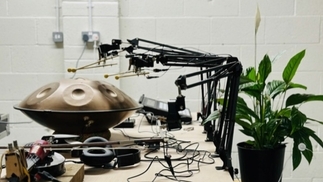
![Screenshot of [untitled] app interface](/sites/default/files/styles/djm_23_323x182_jpg/public/2023-09/untitled-app-music-new-1400x700.jpg?itok=pro0ZaB4)
